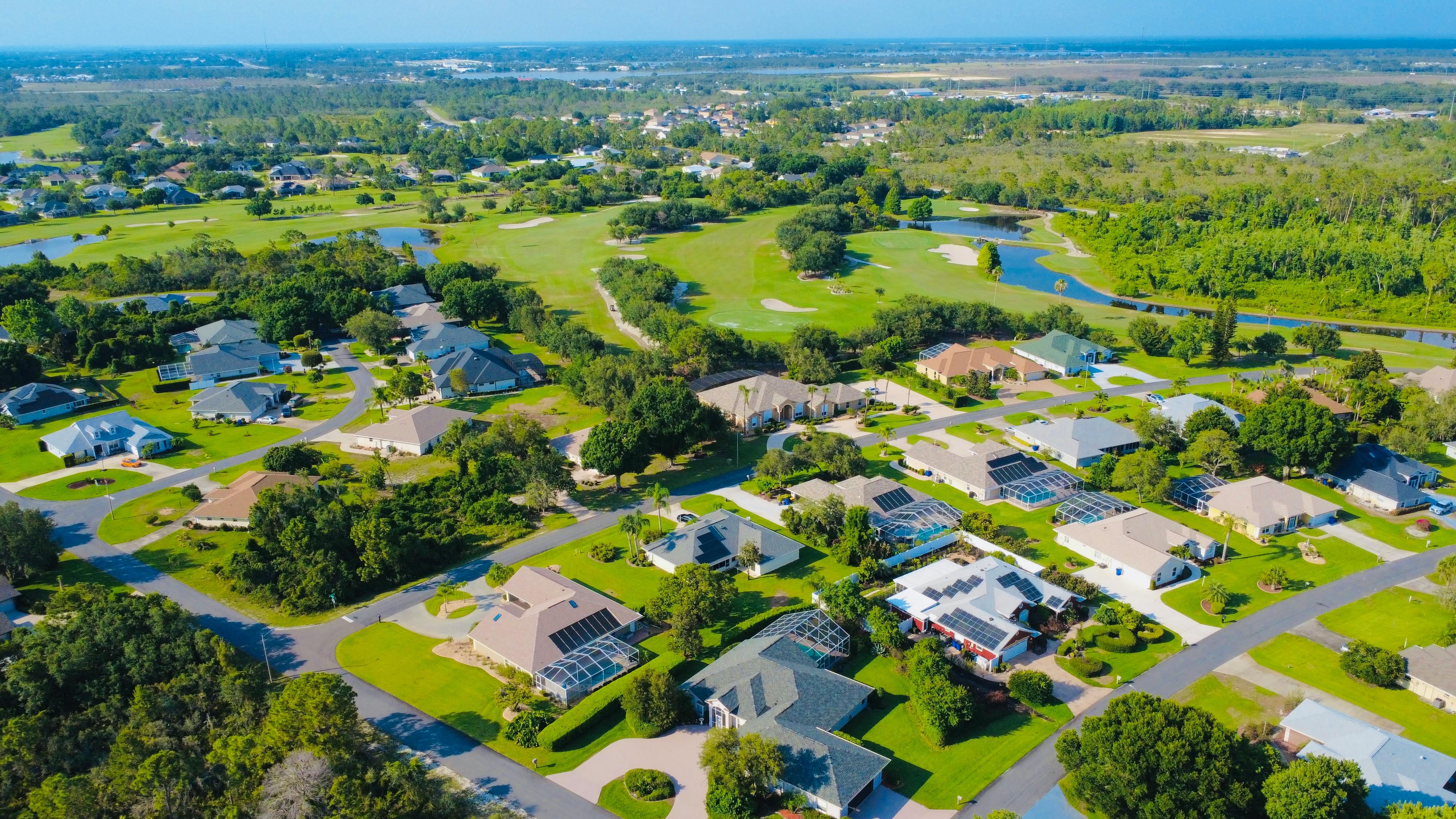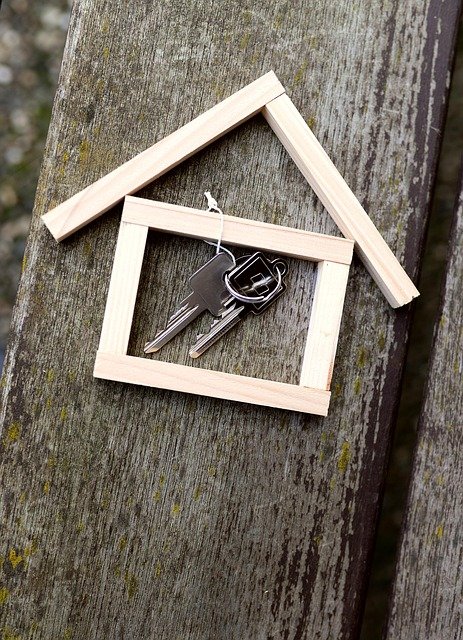Unpacking the Phenomenon of Lawns: A Sociocultural Examination
Introduction: The seemingly innocuous green space in front of our homes has a profound sociocultural significance that often goes unnoticed. Lawns, an everyday part of our lives, bear the imprint of historical, environmental, and cultural narratives. Read below for a deep dive into the evolution and relevance of lawns in contemporary society.

The Historical Roots of Lawns
The concept of a lawn as a cultivated, manicured green space can be traced back to the 16th century in Europe. The lawn was a symbol of status and wealth, as only the elite could afford the labor required to maintain such an expanse. In the United States, this trend took root in the mid-19th century, inspired by the picturesque English garden. The burgeoning middle class adopted lawns as a way to showcase their upward mobility and adherence to societal norms.
The Cultural Dynamics of Lawns
In many societies, especially in suburban America, lawns have become a cultural expectation. They are seen as a reflection of the homeowner’s personality and commitment to community standards. Lawns have often been equated with the American Dream, symbolizing a sense of achievement and stability. However, this cultural narrative has also been critiqued for promoting uniformity and conformism.
Lawns and Environmental Impact
While lawns can contribute to the aesthetic appeal of neighborhoods, they also have an environmental cost. They require significant amounts of water, chemical fertilizers, and pesticides, leading to issues of water scarcity and pollution. This has led to the rise of alternative landscaping practices like xeriscaping and native gardening, which are more sustainable and environmentally friendly.
The Societal Implications of Lawns
The lawn, as a social construct, holds up a mirror to our societal values and aspirations. It reveals our obsession with control and order, as seen in the meticulous maintenance of grass. However, the growing environmental consciousness is leading to a reevaluation of this practice. There is an increasing recognition of the need for more diversity and sustainability in our landscapes, reflecting a shift in societal attitudes.
Lawns in the Future: A Paradigm Shift?
The traditional concept of lawns as a status symbol and a sign of conformity is being challenged. People are exploring alternatives that reflect their environmental concerns and individualism. This could potentially lead to a paradigm shift in how we perceive and utilize our outdoor spaces.
In conclusion, the lawn is not just a patch of grass. It is a social and cultural phenomenon, embedded with historical narratives, societal norms, and environmental concerns. As we move forward, it will be interesting to see how this everyday element of our lives evolves in response to shifting societal trends and values.




